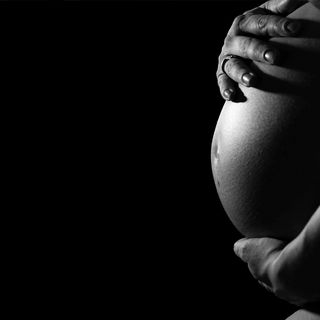Think you’re doing a good job at faking that laugh? Think again. According to new research from University of California, people across various cultures can tell when laughter is genuine and when it’s a show.
The study, published in Psychological Science, was led by Gregory Bryant, a professor of communications at UCLA whose expertise focuses on laughter’s role in human communication.
“We chose to use the words ‘real’ and ‘fake’ in our research because it taps into people’s intuition,” says Bryant. “Technically, all laughs are real — they are just produced by different vocal systems. We wanted to test whether or not this distinction is clear around the world.”
According to previous studies, there are certain characteristics unique to spontaneous, or true, laughter. When genuinely laughing, our vocal systems signal emotional arousal via higher pitch and volume, faster bursts of non-articulate sounds and non-tonal noise. Something that may sound complicated, but we seem to pick up with ease in real situations. In contrast, volitional, or fake, laughs are controlled more consciously by us, in the way we move our tongue and lips. In other words, “fake laughter is going to sound more like speech, and real laughter is not going to sound as much like speech,” Bryant explains.
But does fake laughter sound more like speech in every language? To find out, researchers recorded real and fake laughs from 884 participants across 21 countries and six continents.
Samples of genuine laughter were collected by recording conversations between female friends. Similarly, samples of fake laughs were collected by asking women to laugh on command. The researchers edited the recordings for length and volume, then played back the various laughs in random order to participants from the same country.
Participants from all countries were able to differentiate between real and fake laughs. But the rate of success varied across cultures. For instance, Samoan participants identified laughs correctly 56% of the time, while Japanese listeners aced 69% of the time.
Yet on the whole, people from smaller, less industrialized societies were more sensitive to identifying a fake laugh. Bryant speculates that in less developed places, survival may hinge on deeper and more complex social communication, making people who live in these locales more perceptive to false notes. Whereas, in industrialized societies, fake laughter can be a sign of polite cooperation, lending it a more ‘real’ connotation.
The next step, Bryant says, is to see whether individuals can still distinguish between genuine and real laughter among people who speak a different language.
“We know people perceive laughter quite similarly across cultures,” he said. “But we’d like to know more about how similar laughter sounds might be when produced by speakers of different languages.”




